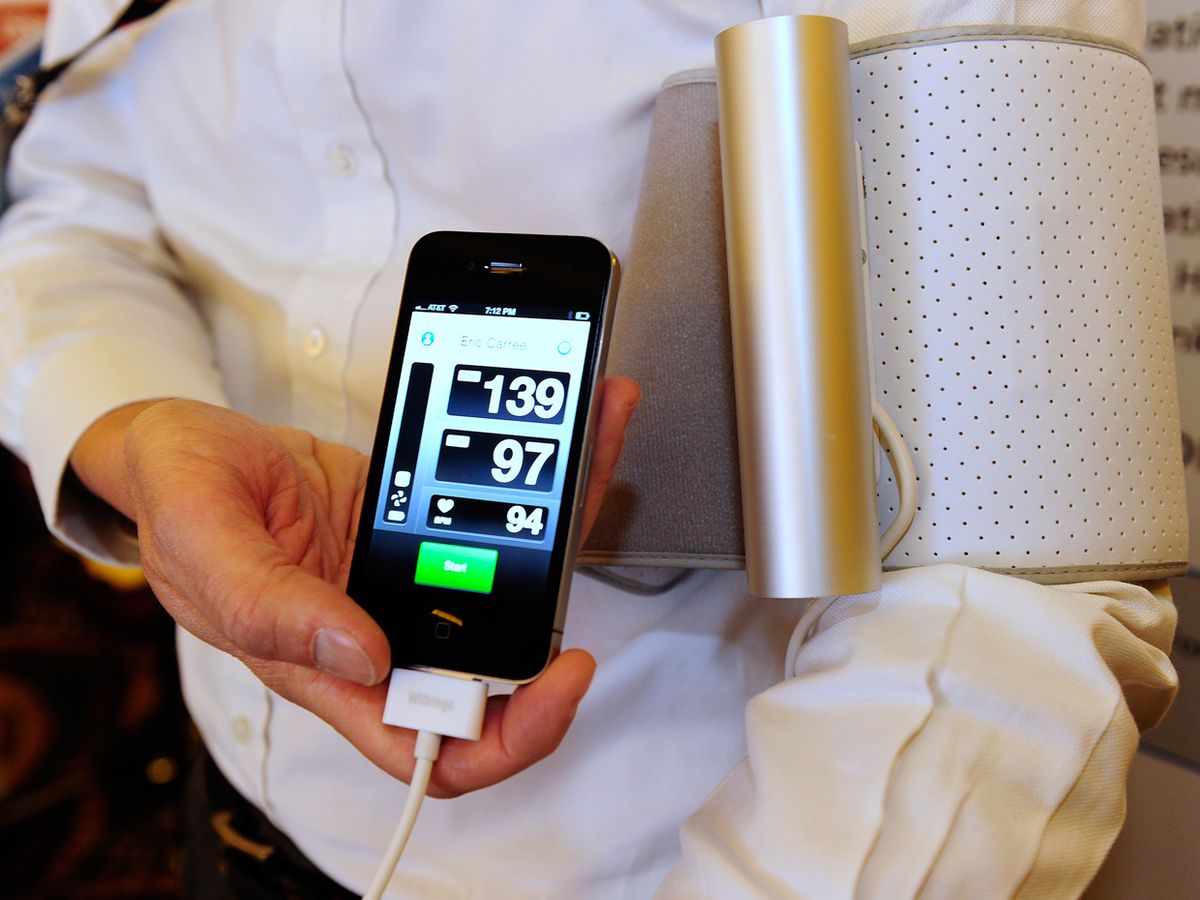But the public health agencies, big pharmaceutical companies, and start-ups that have pushed out apps in the past few years have outpaced U.S. government regulators. While it’s assumed that some medical apps are subject to regulations, the U.S. Food and Drug Administration (FDA) has not defined the scope of its oversight and has issued few enforcement actions.
That’s about to change. The agency is expected to finalize guidelines within the next two months for medical apps, more than a year after releasing draft guidelines. For the industry, the expected rules bring both relief and trepidation: App makers are eager for clarity on how much red tape they’ll encounter in the future, but they’re also nervous that overly broad rules will stifle innovation.
While waiting for the final guidelines to be published, we surveyed notable industry figures on what they’d like to see in the rules. Here are their top-five requests to the FDA.
1. Clarify the difference between a medical app and a wellness app.
The FDA has the authority to regulate medical devices and software that diagnose or treat disease, but not those that simply contribute to general wellness. However, the line between these two categories has been blurred as people have gained a better understanding of how daily life choices contribute to disease risk.
Take the example of a workout-tracking app, says Brad Thompson, a health-care lawyer with the firm Epstein Becker & Green and general counsel for the mHealth Regulatory Coalition. “An app that records how many miles I run in a given week is just an exercise app,” he says. “But if that same app says, ‘If you are challenged by obesity, you need to exercise more, and you can use this app to track your exercise,’ then it’s linked to a disease.” By presenting exercise as a treatment for the disease of obesity, the app may have crossed the line from a wellness app to a medical app. Once the FDA has more clearly defined the line, says Thompson, app makers will have to be more careful with their marketing claims.
2. Clarify the difference between diagnosing and monitoring.
If an app allows a user to take a picture of a mole on his skin and it tells him if he has melanoma, that’s clearly a medical app that’s subject to FDA oversight, says Ben Chodor, the CEO of Happtique. His company “curates” the health and wellness apps in the iTunes store to help users find the most effective offerings, and it is trying to establish an app prescription system for doctors. But what if an app offers a photo gallery of skin conditions, including photos of melanoma? “If it doesn’t provide a diagnosis, is it just a reference guide? That’s a gray area,” Chodor says. “That’s where developers come to us and say, ‘Hey, do we need to go to the FDA for certification?’ ”
3. Establish the risk-level threshold for FDA enforcement.
The draft guidelines issued in 2011 said that the FDA will exercise “enforcement discretion” when it comes to mobile medical apps. Thompson says this discretion will likely be based on how much risk an app poses to a user if it doesn’t work correctly. “The FDA is saying, ‘Look, there’s a bunch of low-risk stuff out there that’s not worth our time to enforce. So while they’re technically medical devices, we’re not going to be out there enforcing against those companies, because [the apps are] so low risk,’ ” he explains.
For example, an app that functions as a simple calculator for an infant’s Apgar score (a health metric with a scale of 0 to 10) may be a medical app, but it’s so innocuous that the FDA may choose not to require the app maker to register it with the agency.
4. Define the limits of the FDA’s rule on apps that serve as device accessories.
The existing “accessory rule” mandates that an accessory to a medical device is held to the same regulatory standard as the device itself. If applied broadly to mobile health platforms, this rule could give the FDA oversight of vast areas of technology, says Chuck Parker, executive director of Continua Health Alliance, an industry organization for health care and technology companies.
“A blood pressure cuff already has an FDA classification,” Parker says. “So will the app that displays the blood pressure reading be considered an accessory?” That leads to further questions, he says: What about the smartphone on which the app is installed, and the cellular carrier’s network that transmits the data to a Web-based application? Parker doesn’t expect the FDA to drastically expand its purview, but he thinks the agency needs to clearly state how it will apply the accessory rule.
5. Make a plan for how to handle “modular” apps.
Modular apps pose a problem similar to that of accessories. Thompson says the FDA needs to establish a system for modular apps—programs that work together to form a health-management system either by sharing data with each other or by controlling one another. If one of those apps is regulated by the FDA, must all the others be as well? “The FDA has to determine that software does what it says it will do,” says Thompson. “If another app can interfere with that FDA-regulated app, that’s a risk they have to manage.”
This problem hasn’t come up much so far, but Thompson thinks it’s just a matter of time before consumers can buy sophisticated modularized app systems. “You can imagine one diabetes app that takes data from your glucose meter and displays it for you, another app that borrows the data and tells you what you should have for lunch, and another app that helps you order insulin from your pharmacy,” he says. “The more the software is developed, the more it creates issues.”
